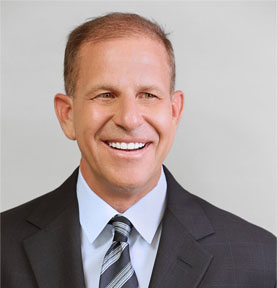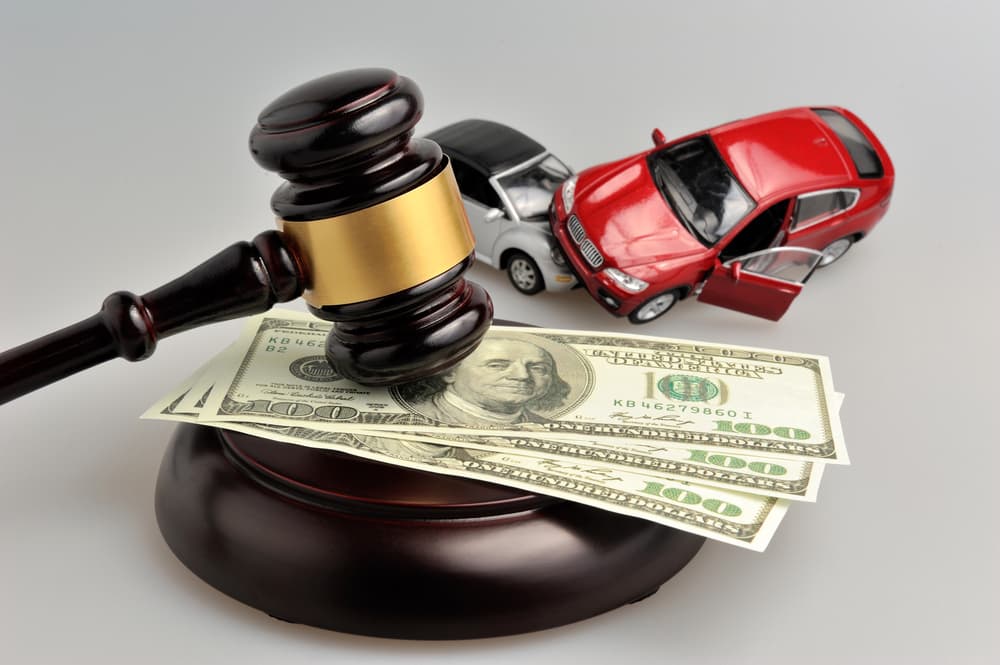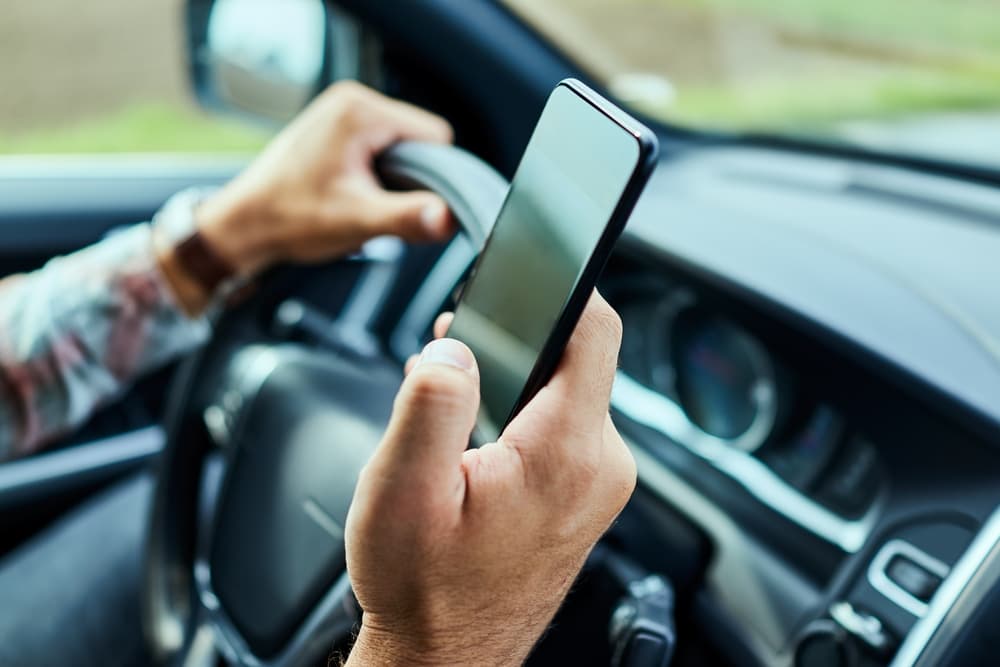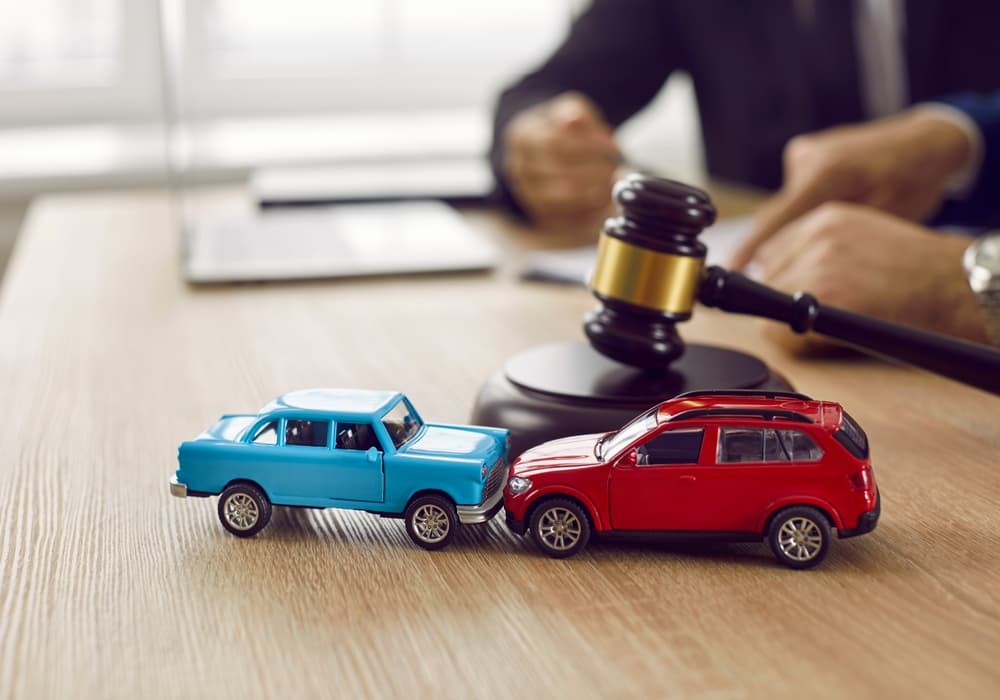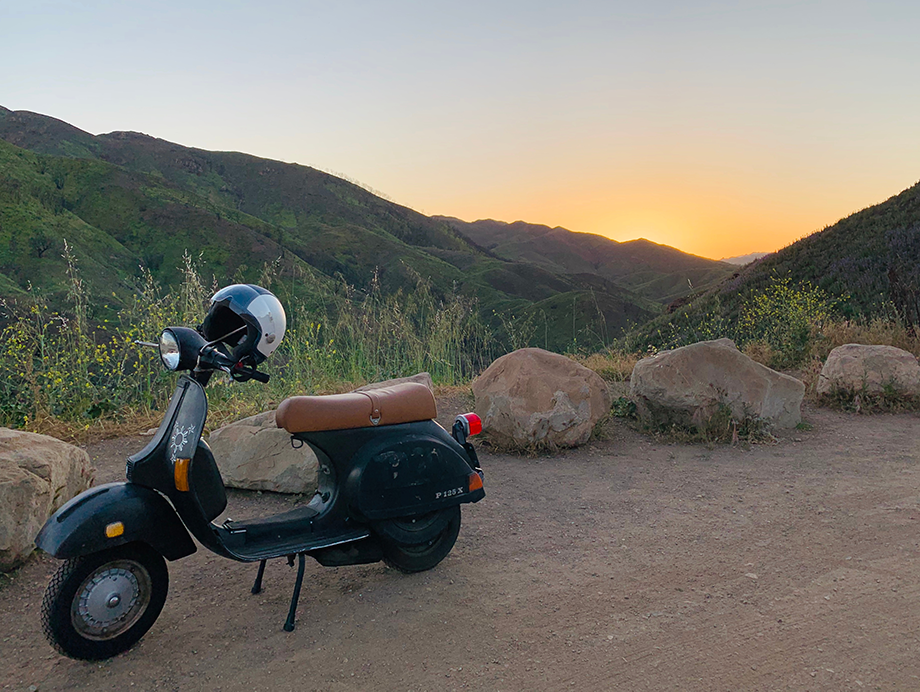Reopening a car accident claim in California after signing a release is difficult but not always impossible. Courts may set aside settlements when fraud, mistake, duress, or newly discovered injuries that were not reasonably foreseeable at the time of signing justify relief. But, you must act quickly and present compelling evidence.
Olan Law handles car accident claims throughout Santa Monica and Southern California, securing medical records, expert opinions, when needed, and making strategic legal arguments to challenge unfair releases when circumstances justify reopening your case.
Contact for a Free Consultation
Key Takeaways for Reopening a Car Accident Claim in California
- Most releases are binding and difficult to overturn unless you prove fraud, material mistake, duress, undue influence, or that new injuries were not reasonably foreseeable when you signed
- California Civil Code §1542 waivers broaden what you release by waiving unknown claims, so reading settlement language carefully before signing protects your future rights
- Act immediately if new injuries or facts emerge because the statute of limitations, policy deadlines, and equitable doctrines limit how long you have to challenge a release or file supplemental claims
- Uninsured and underinsured motorist claims follow different rules that sometimes allow supplemental filings if new damages exceed prior settlements, depending on policy language and timing
- Legal representation is critical because challenging a signed release requires motion practice, expert testimony, and knowledge of California contract and insurance law that self-represented claimants rarely succeed with alone
Can I Reopen My Car Accident Claim After I Signed a Release?
Reopening a car accident claim after signing a release in California is a legally complex process that depends on specific circumstances that justify setting aside the settlement agreement. Once you sign a release and accept payment, California law presumes the agreement is binding and final. Courts enforce settlements to promote finality and encourage parties to resolve disputes without prolonged litigation.
California law allows settlements to be set aside when specific legal grounds exist. California Civil Code §1689 permits rescission of contracts for fraud, mistake, duress, menace, undue influence, or failure of consideration. California Code of Civil Procedure §473 provides relief from judgments or orders taken through mistake, inadvertence, surprise, or excusable neglect.
Legal Grounds for Setting Aside a Settlement Agreement
Legal grounds that may, in rare cases, allow you to challenge a release include:
- Fraud or Misrepresentation: The other party or insurer concealed material facts, made false statements about coverage or liability, or intentionally misled you about the severity of your injuries or the value of your claim.
- Mutual or Unilateral Mistake: Both parties or you alone operated under a significant misunderstanding about a basic fact, such as the extent of your injuries, and the mistake affected whether you would have agreed to the settlement amount.
- Duress or Undue Influence: You signed under threat, coercion, or overwhelming pressure that deprived you of free will, such as an adjuster threatening to deny all benefits unless you settled immediately.
- Newly Discovered Injuries Not Reasonably Foreseeable: Symptoms or diagnoses that surface after settlement and could not have been anticipated with reasonable medical evaluation at the time you signed.
Proving any of these exceptions requires substantial evidence. You must file a motion to set aside the release in court, present medical records, expert testimony, correspondence showing insurer misconduct, or other documentation that establishes your legal basis. Courts scrutinize these claims carefully because finality serves important policy goals, so vague assertions or buyer’s remorse are insufficient.
What If New Injuries Show Up After My Car Crash?
New injuries appearing after settlement complicate your legal options significantly. Whether you can pursue additional compensation depends on the timing, the nature of the injury, the language in your release, and California’s statute of limitations.
§1542 Waivers
Most car accident releases include a California Civil Code §1542 waiver. Section 1542 states that a general release does not extend to claims the creditor does not know or suspect exist at the time of executing the release. However, parties can expressly waive §1542 protection, meaning you knowingly release even unknown claims.
Insurers routinely insert §1542 waivers into settlement agreements. If your release contains this language and you signed it, you likely waived the right to pursue compensation for injuries you did not know about when you settled. Courts enforce these waivers unless fraud, duress, or other grounds justify setting aside the entire agreement.
Before signing any release, read it carefully and consult a car accident attorney. Once you waive §1542, reopening the claim for newly discovered injuries becomes nearly impossible unless you prove one of the narrow exceptions discussed earlier.
Statute of Limitations Considerations
California gives you two years from the collision date to file personal-injury lawsuits. If you settled within that period and later discover new injuries, you might still be within the statute of limitations to file a separate lawsuit if your release did not include a §1542 waiver or if the release is set aside.
However, if you signed a release with a §1542 waiver or if more than two years have passed since the crash, you likely have no legal recourse for new injuries unless you can prove fraud, concealment, or another basis to invalidate the release entirely.
Supplemental Claims vs. Reopened Claims
Some insurance policies and settlements allow supplemental claims for additional damages that arise after the initial settlement.
Supplemental claims are not the same as reopening a closed claim. A supplemental claim acknowledges that the original settlement is valid but requests additional compensation for new medical treatment, lost income, or other damages that were not included in the first payout.
Whether supplemental claims are available depends on your policy language, the type of claim (liability vs. UM/UIM), and whether your release explicitly barred future claims. An experienced attorney reviews your settlement documents and policy to determine if supplemental relief is possible.
Can I Reopen an Insurance Claim If the Other Driver Turns Out Uninsured or Underinsured?
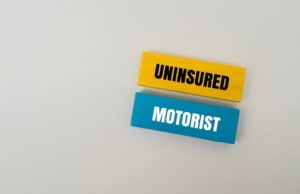 Discovering that the at-fault driver was uninsured or underinsured after you settled a claim introduces a separate legal avenue: your own uninsured-motorist (UM) or underinsured-motorist (UIM) coverage. These claims are governed by your policy with your own insurer, not the third-party liability settlement.
Discovering that the at-fault driver was uninsured or underinsured after you settled a claim introduces a separate legal avenue: your own uninsured-motorist (UM) or underinsured-motorist (UIM) coverage. These claims are governed by your policy with your own insurer, not the third-party liability settlement.
How UM/UIM Claims Work
California requires insurers to offer UM/UIM coverage unless you reject it in writing. If you carry UM/UIM, you can file a claim with your own carrier when the at-fault driver’s insurance is insufficient or nonexistent.
Even if you settled with the at-fault driver’s insurer, you might still pursue UM/UIM benefits if your injuries exceed what you recovered. However, policy language and California law impose strict notice requirements and coordination-of-benefits rules.
Setoffs and Coordination
Most UM/UIM policies include setoff provisions, meaning any payment you received from the at-fault driver’s insurer reduces your UM/UIM recovery.
If you signed a release with the at-fault driver’s carrier that included language waiving UM/UIM claims or barring future recovery from any source, you might have unknowingly forfeited your UM/UIM rights. Insurers sometimes insert such language to prevent claimants from “double-dipping.”
An attorney examines your settlement documents to identify these clauses and determine whether they are enforceable. Olan Law’s attorneys have experience securing fair settlements and verdicts.
Timing and Notice
Notify your own insurer promptly if you discover the at-fault driver was uninsured or underinsured. Policies require notice within a reasonable time, and delays might jeopardize coverage. Even if you settled with the other driver months ago, you might still be within the policy’s reporting window for UM/UIM claims, depending on when you discovered the coverage gap.
An attorney files the UM/UIM claim, negotiates with your carrier, and pursues arbitration or litigation if the insurer disputes liability, causation, or damages.
Contact for a Free Consultation
What Deadlines Apply to Reopening or Filing a Supplemental Claim in California?
Deadlines for reopening or supplementing a car accident claim in California vary depending on the legal theory, the type of claim, and your settlement agreement.
Statute of Limitations
 California’s two-year statute of limitations for personal injury lawsuits begins on the date of the collision. If you settled within two years and later discover grounds to set aside the release, you must file a motion to set aside the settlement and then file your lawsuit, all before the two-year deadline expires.
California’s two-year statute of limitations for personal injury lawsuits begins on the date of the collision. If you settled within two years and later discover grounds to set aside the release, you must file a motion to set aside the settlement and then file your lawsuit, all before the two-year deadline expires.
Courts rarely extend this deadline, so acting quickly is critical.
Equitable Tolling and Discovery Rule
In rare cases, the statute of limitations might be tolled (paused) if you could not have reasonably discovered the injury or fraud until after the two years. This is called the discovery rule. For example, suppose the insurer fraudulently concealed evidence of additional coverage, and you did not discover the fraud until three years after the crash. In that case, you might argue the statute should begin when you discovered the fraud, not the collision date.
Equitable tolling is fact-intensive and challenging to prove. Courts scrutinize whether you exercised reasonable diligence in investigating your claim before settling.
Policy Deadlines
Your own insurance policy might impose deadlines for filing UM/UIM claims or supplemental claims. Review your policy’s notice and filing requirements carefully. Missing a policy deadline may bar your claim, even if the statute of limitations has not yet expired.
Time to File Motion to Set Aside
If you seek to set aside a settlement based on fraud, mistake, or duress, California Code of Civil Procedure §473 requires filing within six months of entry of judgment in some contexts, though other statutes and equitable principles might provide longer windows depending on your circumstances. Consult an attorney immediately to determine which deadline applies to your case.
Do I Need a Lawyer to Challenge a Car Accident Settlement in SoCal?
Challenging a car accident settlement in California without legal representation can be extremely difficult. Courts enforce settlement agreements unless there is clear and compelling evidence of fraud, mistake, duress, or other grounds for rescission. Self-represented claimants struggle to gather admissible evidence, draft persuasive legal motions, and navigate procedural rules that govern setting aside settlements.
An attorney can subpoena insurance files, depositions, adjusters, and witnesses, retain medical and economic experts, and present legal arguments grounded in California contract and insurance law. Insurers defend settlements aggressively because allowing one claimant to reopen a case invites others to do the same.
Legal representation also signals to the insurer that you are serious and prepared to litigate if necessary. Insurers sometimes renegotiate or offer supplemental settlements when confronted with strong evidence of misconduct or newly discovered injuries, rather than risk a court setting aside the release and exposing them to greater liability.
What Evidence Helps When Trying to Reopen a Claim?
 Strong evidence is essential to challenging a signed release. Examples include:
Strong evidence is essential to challenging a signed release. Examples include:
- Medical Records Showing Misdiagnosis or Delayed Manifestation: Imaging, lab results, and specialist opinions documenting injuries that were not detectable or foreseeable at settlement.
- Insurer Communications Revealing Concealment or Misrepresentation: Emails, claim notes, or recorded calls where adjusters lied about coverage, liability, or policy limits.
- Witness Testimony or Expert Opinions: Medical experts explaining why the injury could not have been discovered earlier, or legal experts addressing standard claims-handling practices the insurer violated.
- Financial Records and Damage Documentation: Bills, repair estimates, and lost-income calculations showing your actual damages far exceed the settlement amount.
- Correspondence Showing Duress or Pressure: Letters, texts, or voicemails demonstrating coercive tactics the adjuster used to force a quick settlement.
An attorney organizes this evidence, files the appropriate motions, and presents a compelling case for why the court should set aside the release and allow you to pursue additional compensation.
FAQ for Reopening a Car Accident Claim in California
Can I Reopen My Car Accident Claim If I Didn’t See a Doctor Before Settling?
Probably not. Courts expect you to seek medical care before signing a release, and failing to do so weakens any argument that newly discovered injuries were unforeseeable.
What Happens If the Insurance Company Committed Bad Faith After I Settled?
Bad faith discovered after settlement might justify reopening the claim if the insurer concealed material facts, misrepresented coverage, or engaged in fraudulent conduct that induced you to settle for less than your claim was worth.
How Long After Settlement Can I Challenge the Release in California?
You must act within the applicable statute of limitations, so consult an attorney immediately if you discover grounds to challenge the release.
Can I File a Supplemental Claim for Additional Medical Bills Without Reopening the Entire Case?
Sometimes, depending on your settlement language and policy terms, supplemental claims for new treatment may be possible if your release did not bar future medical expenses or if your UM/UIM policy allows stacking or additional filings.
Will Hiring a Lawyer to Reopen My Claim Cost Me Money Upfront?
Olan Law works on a contingency-fee basis for car accident claims, meaning you pay no upfront retainer, and legal fees come only from any additional compensation recovered.
Already Settled but New Injuries or Facts Emerged?
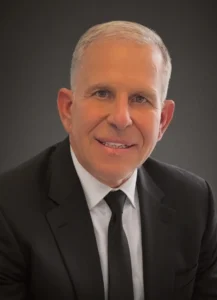
Challenging a signed release in California requires strong evidence, legal knowledge, and fast action. Olan Law reviews settlement documents, medical records, and insurer conduct to determine whether reopening your car accident claim is viable.
Call (310) 566-0010 for a free consultation. We offer friendly guidance, straight answers, and no upfront costs.
